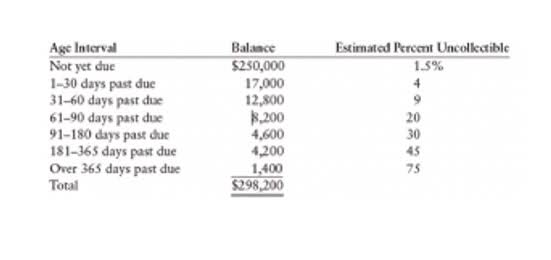
With vertical analysis, we will look up and down the income statement to see how every line item compares to revenue as a percentage. One of the main tasks of an analyst is to perform an extensive analysis of financial statements. This free guide breaks down the most important types and techniques of financial statement analysis.
- Both horizontal and vertical analysis provides useful information for stakeholders of a company.
- Once the financial statement figures are described in percentage terms, you can easily compare them against industry averages for standardization and benchmarking.
- This shows ABC Manufacturing is asset-heavy (60% in PP&E), maintains moderate debt levels (30%), and has a strong equity position (60%).
- In accounting, vertical analysis is the formula that helps extensively to represent data in the easiest way possible.
What is Common Size Analysis?
- My journey from a finance-loving teenager to a tech entrepreneur has been a thrilling ride, full of surprises and lessons.
- When administrative expenses gradually increase from 8% to 12% of revenue over three years, you’ve identified a trend that demands immediate attention—long before it shows up in quarterly earnings calls.
- The year being used for comparison purposes is called the base year (usually the prior period).
- This gives ACME’s finance team a clear picture of how much revenue goes to production and overhead, helping them quickly spot areas for improvement.
Understanding these what is a vertical analysis statements is fundamental to performing horizontal and vertical analysis. When performing vertical analysis each of the primary statements that make up the financial statements is typically viewed exclusive of the other. This means it is atypical to compare line items on the income statement as a percentage of gross income.
What is vertical analysis in accounting?
Vertical analysis turns key financial ratios (gross margin, operating margin, etc.) into clear insights when they are shown as a percentage of revenue. This is also a great way for analysts to quickly find costs that are misaligned, so they can adapt their strategy. For example, by converting ACME Inc.’s income statement into a common-size format, the finance team can quickly see that COGS makes up 50% of total revenue, and operating expenses represent 20%. The most obvious benefit of vertical analysis is that it provides an easy way to compare financial data over time. This can help you identify trends and spot potential opportunities or risks for a company. If you are looking to perform this type of analysis on your spreadsheet for either the income statement or cash flow statement.

Unlocking the Power of Vertical Analysis for Financial Success

Since vertical analysis presents results as percentages, it’s clear that salaries are rising in relation to revenue changes. The real benefit of vertical analysis lies in its ability to provide a QuickBooks ProAdvisor clear overview of how expenses are trending over time, either increasing or decreasing. This offers a concise snapshot of costs, pinpointing areas that might warrant further investigation.
- By examining these components, vertical analysis simplifies financial data and enhances strategic financial planning and internal assessments across various business contexts.
- The financial statements created with vertical analysis are termed common-size financial statements.
- This method helps in identifying significant impacts on profitability and enables a consistent approach to measure cost areas of the business over time.
- However, when reviewed against the overall revenue of the business, this line item has actually gone down slightly.
- Compare your results with industry benchmarks or similar companies to see how your business stacks up.
- A financial manager or investor can use the common size analysis to see how a firm’s capital structure compares to rivals.

It is one of the popular methods of financial statements as it is simple and also called a common size analysis. Another form of financial net sales statement analysis used in ratio analysis is horizontal analysis or trend analysis. To perform vertical analysis, divide each balance sheet item by the total assets (or total liabilities & equity) and multiply by 100.

